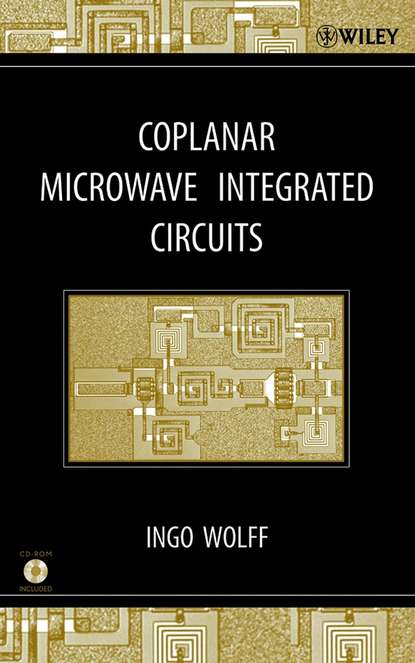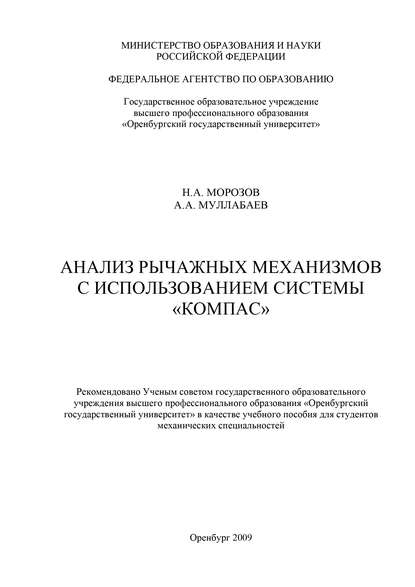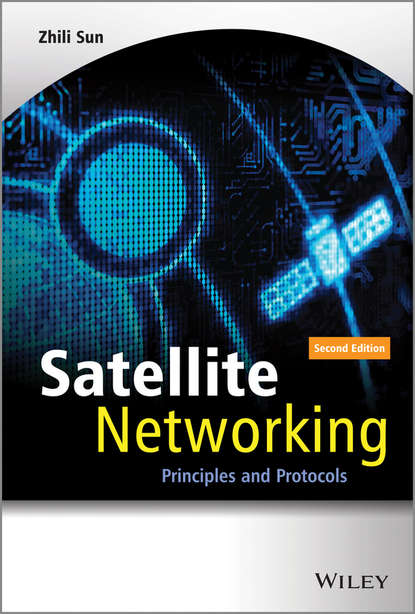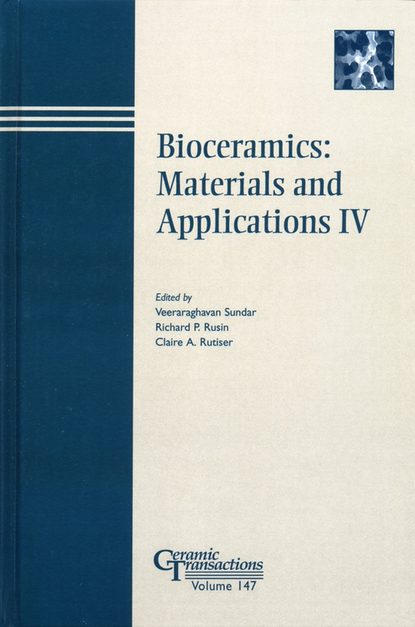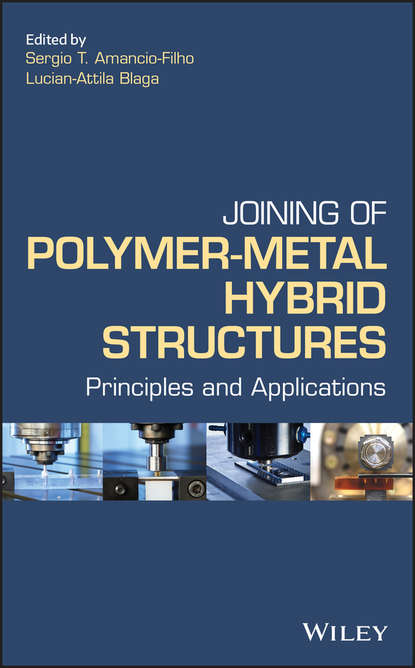В книге “Coplanar Microwave Integrated Circuits” автор Ингво Вольф описывает инструменты и техники, позволяющие полностью использовать технологию coplanar. В книге подробно рассмотрены теоретические основы волноводов coplanar и различные компоненты coplanar, такие как разрывы, сосредоточенные элементы, резонаторы, соединители и фильтры, которые необходимы для проектирования микроволновых интегральных схем. Основываясь на результатах своих собственных исследований, автор эффективно демонстрирует многочисленные преимущества технологии волноводов для современного проектирования схем. После краткого вводного раздела в тексте подробно рассматривается материал, необходимый для успешного проектирования и реализации микроволновых схем coplanar: * Основные свойства передачи волноводов coplanar с использованием полного анализа волны * Подробный анализ большинства разрывов, используемых в проектировании волноводов * Сосредоточенные элементы в технологии coplanar, необходимые в проектировании схем * Разработка программного обеспечения для проектирования схем coplanar, включая CD-ROM.
Книга Coplanar Waveguide Integrated Circuits: Design Technology, Measurements and Analysis by Ingo Wolff Под обложкой этой книги – огромный базис знаний, для правильного использования копланарной технологии для проектирования микроволновых интегральных схем. Это книга, которая постоянно применима и остается главной среди литературы и накопленного опыта по копланарному проектированию.
Электронная Книга «Coplanar Microwave Integrated Circuits» написана автором Ingo Wolff в году.
Минимальный возраст читателя: 0
Язык: Английский
ISBN: 9780470040874
Описание книги от Ingo Wolff
The tools and techniques to fully leverage coplanar technology Coplanar Microwave Integrated Circuits sets forth the theoretical underpinnings of coplanar waveguides and thoroughly examines the various coplanar components such as discontinuities, lumped elements, resonators, couplers, and filters, which are essential for microwave integrated circuit design. Based on the results of his own research findings, the author effectively demonstrates the many advantages of coplanar waveguide technology for modern circuit design. Following a brief introductory chapter, the text thoroughly covers the material needed for successful design and realization of coplanar microwave circuits, including: * Fundamental transmission properties of coplanar waveguides using a full wave analysis * Detailed analysis of most discontinuities used in coplanar waveguide design * Lumped elements in coplanar technology that are needed in circuit design * Development of software for coplanar circuit design, including a CD-ROM containing a test version of the software for modeling coplanar circuit components and circuits * Application of derived results to build more complex components such as lumped element filters, waveguide filters, millimeter wave filters, end-coupled waveguide structures, waveguide couplers, and Wilkinson couplers for different frequency ranges in coplanar technology The final chapter focuses on special coplanar microwave integrated circuits that have been developed using the software presented in the text. The book concludes with a thought-provoking discussion of the advantages and disadvantages of the coplanar technique. Extensive use of figures and tables helps readers easily digest and visualize complex concepts. A bibliography is included at the end of each chapter for further study and research. Coplanar Microwave Integrated Circuits is recommended for graduate students and engineers in RF microwaves who want to reap all the advantages and possibilities of coplanar technology.
